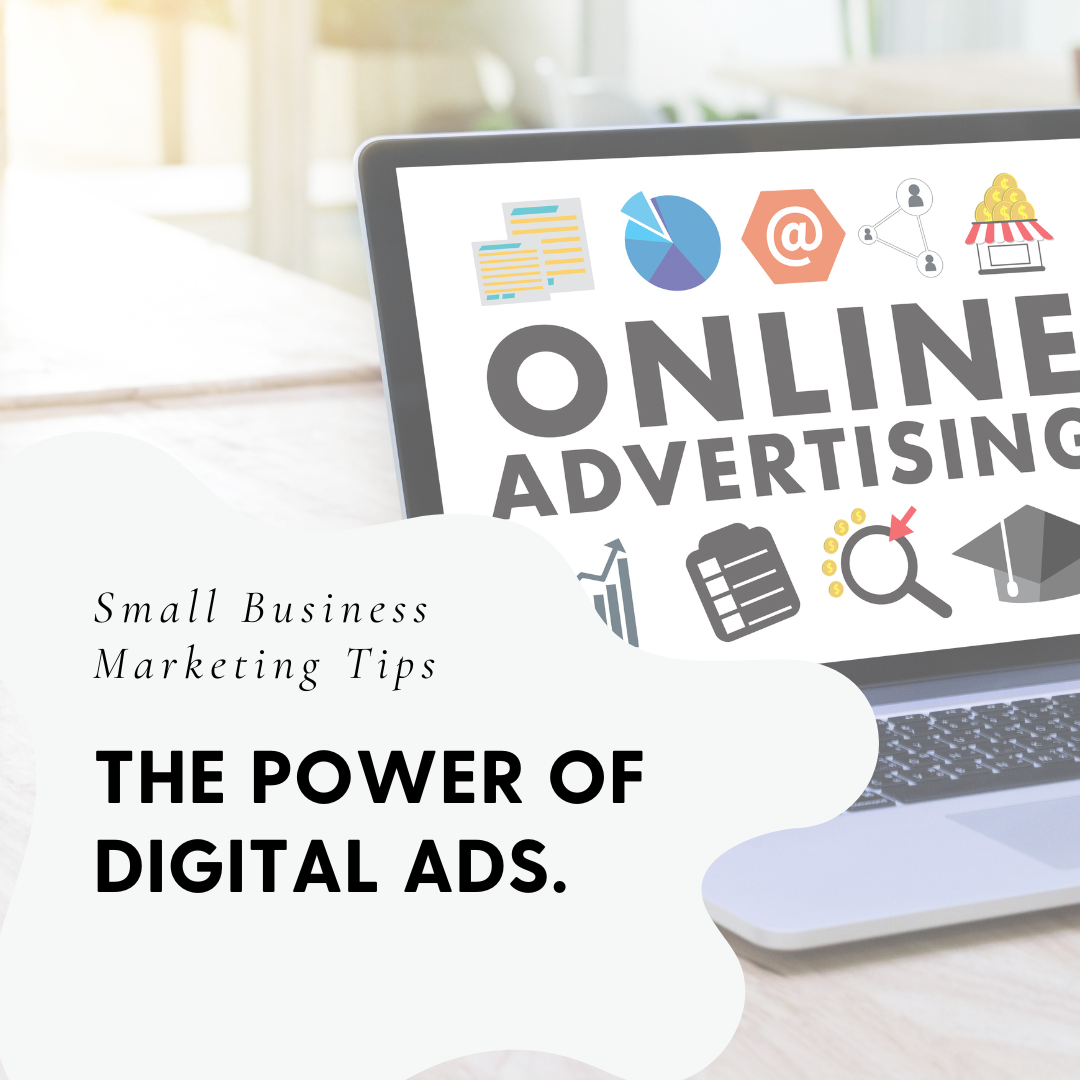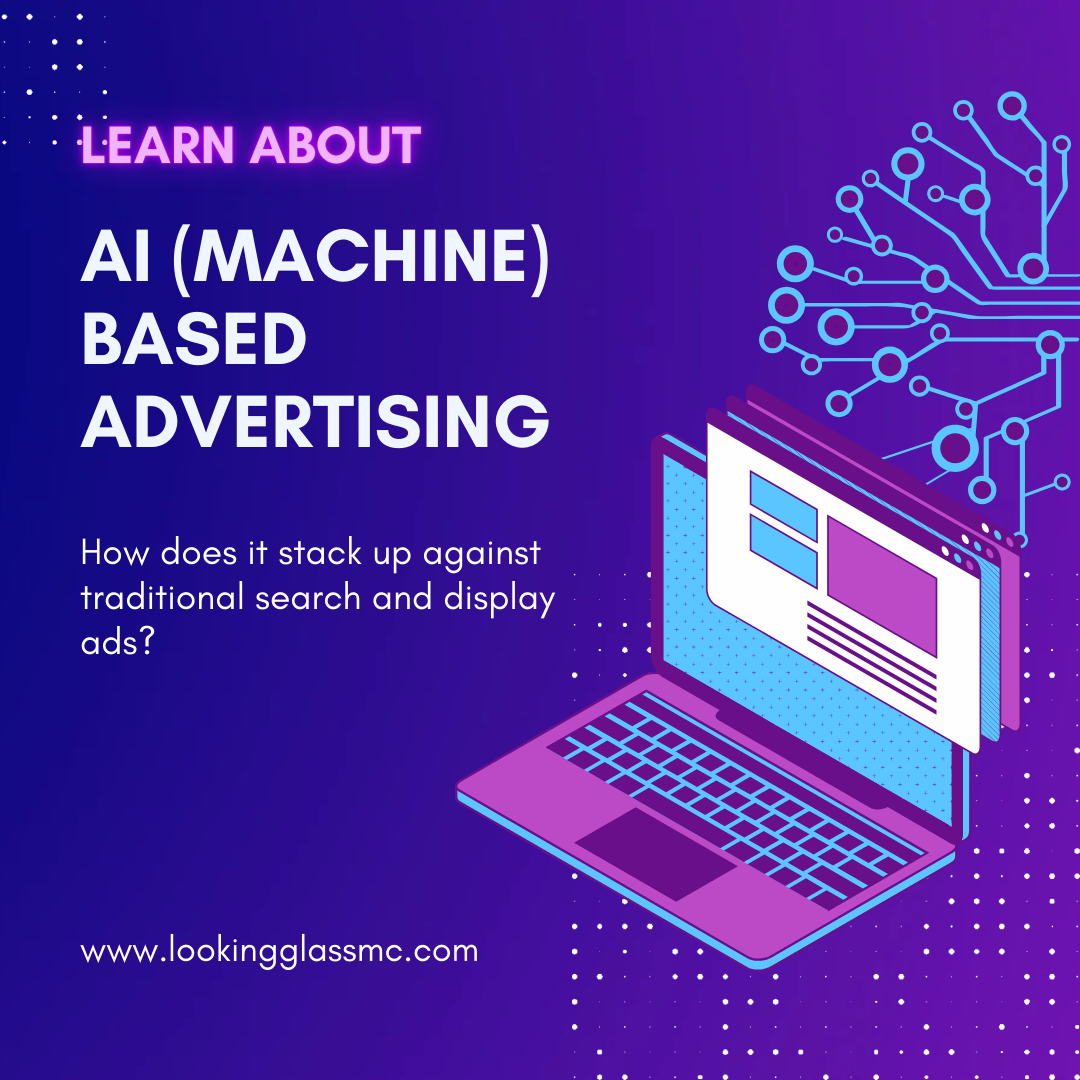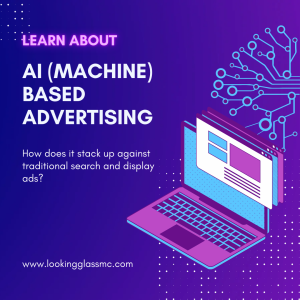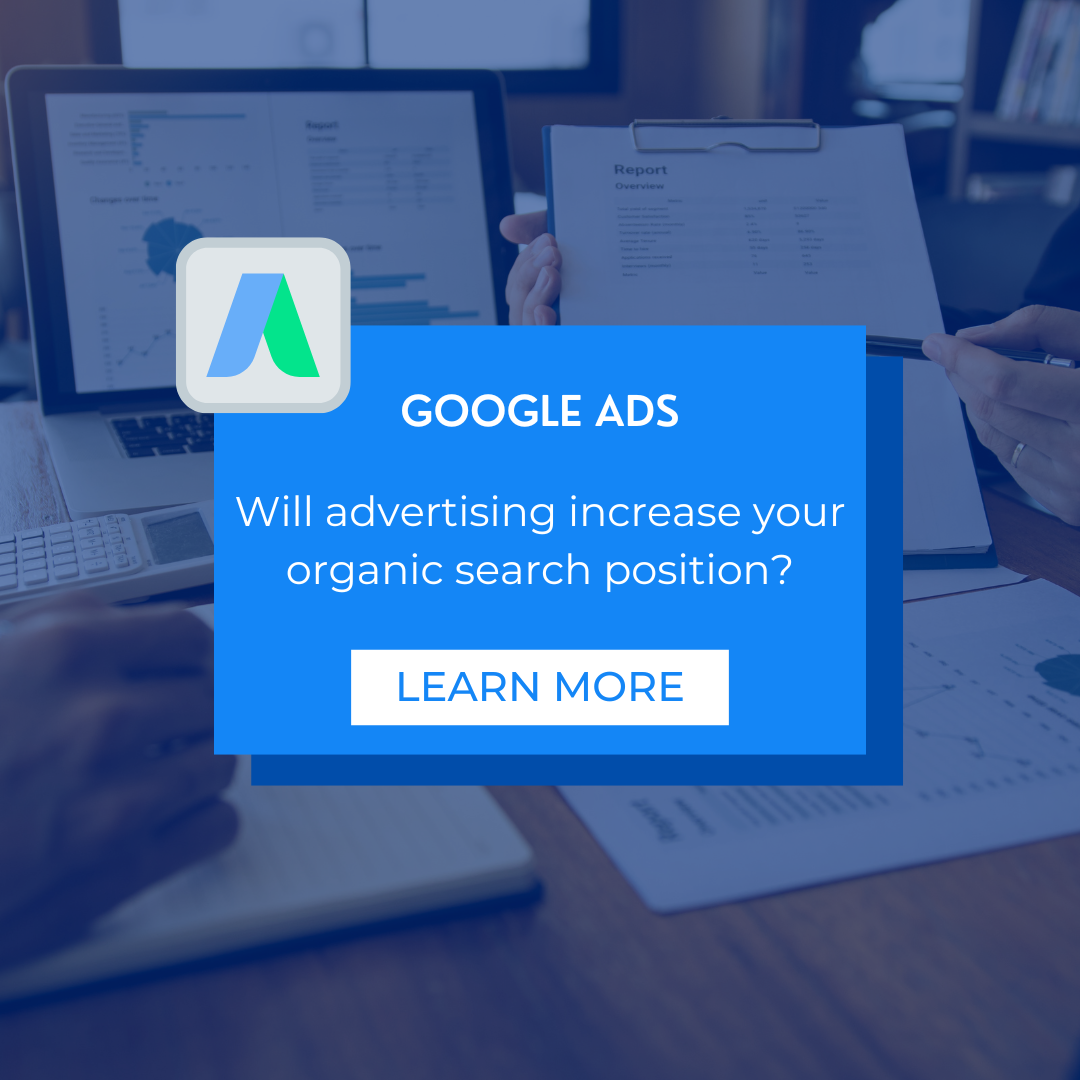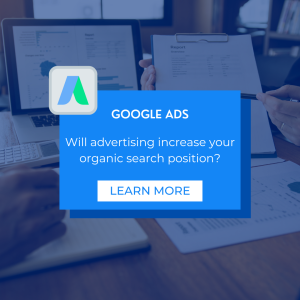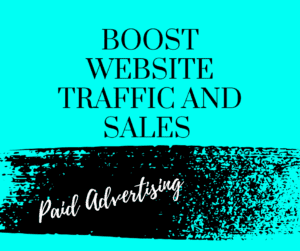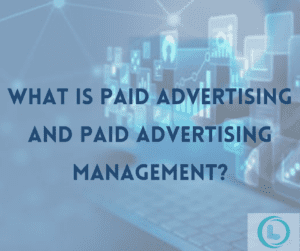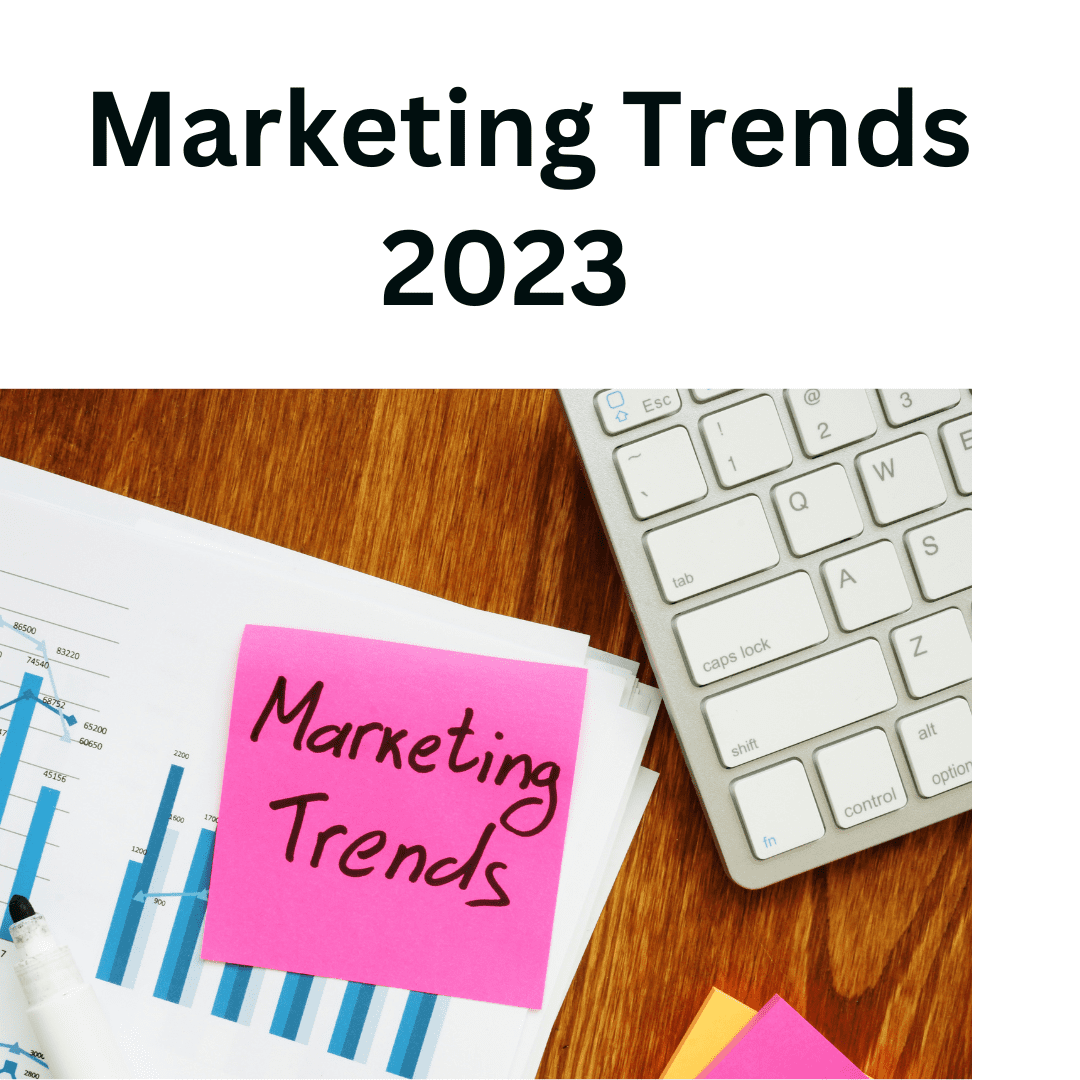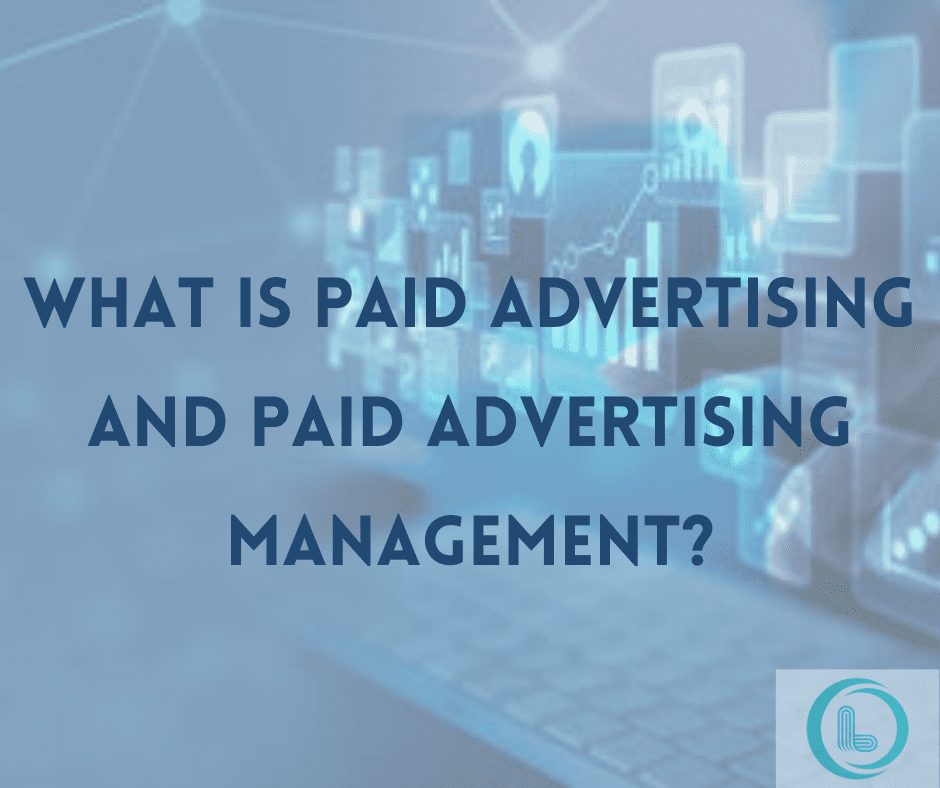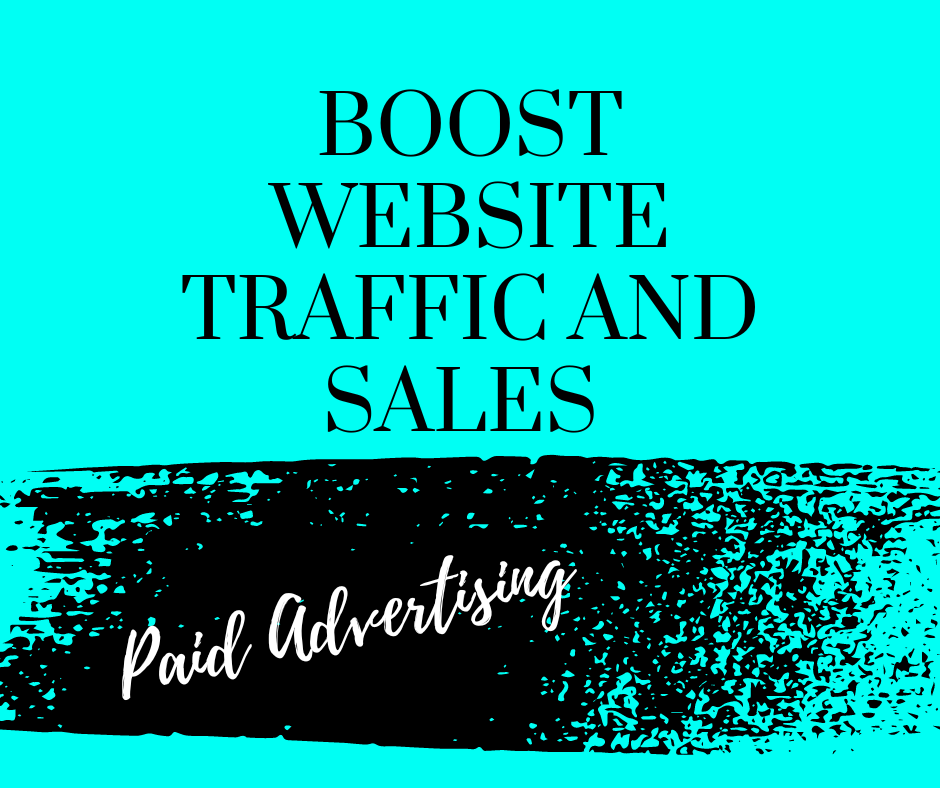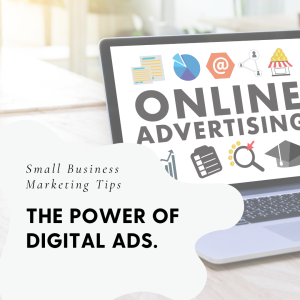
Digital Advertising: Reaching your customer with precision and impact
In today’s competitive marketplace, small businesses need effective ways to reach their target audience and drive traffic to their websites. Digital advertising offers a powerful solution, allowing businesses to connect with potential customers in a way that is both efficient and cost-effective. With the ability to target users based on their interests, behaviors, and location, digital ads are a crucial tool in maximizing your return on investment (ROI) and growing your business.
Why Digital Ads Are Essential for Small Businesses
1. Reach a Broader Audience
Digital ads provide the ability to reach a vast audience that extends far beyond your local area. Whether you’re targeting a specific demographic or reaching out to a global audience, digital advertising platforms like Google Ads, Facebook Ads, and Instagram Ads offer tools to connect with millions of potential customers. This broad reach is particularly beneficial for small businesses looking to expand their customer base and increase brand awareness.
2. Drive Targeted Traffic to Your Website
One of the greatest advantages of digital ads is their precision targeting capabilities. Unlike traditional advertising methods, which often cast a wide net, digital ads allow you to target specific segments of the population based on detailed criteria. You can reach potential customers based on their age, gender, interests, online behaviors, and even their geographic location. This level of targeting ensures that your ads are seen by people who are most likely to be interested in your products or services, driving more qualified traffic to your website.
3. Maximize Your Return on Investment
Digital advertising is highly measurable, allowing you to track the performance of your ads in real-time. This means you can see exactly how your ads are performing, adjust your strategies as needed, and allocate your budget to the most effective campaigns. With pay-per-click (PPC) models, you only pay when someone clicks on your ad, ensuring that your marketing dollars are spent efficiently. This ability to optimize your campaigns and maximize your ROI makes digital ads a cost-effective choice for small businesses.
4. Enhance Brand Visibility
Consistent visibility is key to building brand recognition and staying top of mind with potential customers. Digital ads allow your brand to be seen across various platforms, including search engines, social media, and display networks. Whether it’s through search ads that appear when users look for specific keywords or display ads that show up on relevant websites, digital advertising ensures that your brand remains visible to your target audience.
Best Practices for Effective Digital Advertising
1. Define Clear Objectives
Before launching any digital ad campaign, it’s essential to define your objectives. Whether you want to increase website traffic, generate leads, boost sales, or build brand awareness, having clear goals will guide your strategy and help you measure success.
2. Know Your Audience
Understanding your target audience is crucial for creating effective ads. Use data and insights to identify the demographics, interests, and behaviors of your ideal customers. This information will help you craft compelling ads that resonate with your audience and encourage them to take action.
3. Create Compelling Ad Copy and Visuals
Your ad copy and visuals need to grab attention and communicate your message quickly. Keep your copy clear, concise, and focused on the benefits of your product or service. Use high-quality images or videos that are visually appealing and relevant to your message.
4. Test and Optimize
Digital advertising is an ongoing process of testing and optimization. Use A/B testing to experiment with different ad creatives, headlines, and targeting options to see what works best. Monitor your ad performance regularly and make adjustments to improve results and maximize ROI.
5. Leverage Retargeting
Retargeting is a powerful strategy that allows you to reach people who have already visited your website but didn’t convert. By showing them targeted ads as they browse other sites or social media, you can remind them of your brand and encourage them to return and complete their purchase.
Boost Your Marketing with Digital Ads from Looking Glass Consulting and Digital Marketing
Digital ads offer small businesses a powerful way to reach a broader audience, drive targeted traffic, and maximize ROI. If you’re ready to enhance your digital advertising strategy, Looking Glass Consulting and Digital Marketing is here to help. Our team of experts can assist you in creating and managing effective digital ad campaigns that deliver results. Contact us today to learn more about our digital marketing services and how we can help your business grow.

